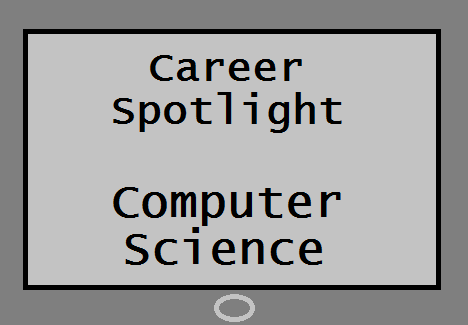Effective Teaching Strategies for the Modern Classroom
Apr 24,2024
The landscape of education is continually evolving, driven by advancements in technology, changes in student demographics, and new pedagogical research. In today's modern setting, professors face the challenge of engaging students who have grown up in a digital age while also addressing diverse learning needs and preparing students for an increasingly complex and interconnected world. Let's explore some of the most effective ways for professors to teach in a modern setting to enhance student learning and success.
1. Embrace Technology-Enhanced Learning
-
Utilize Learning Management Systems (LMS): Platforms like Canvas, Blackboard, or Moodle offer tools for organizing course materials, facilitating online discussions, and tracking student progress.
-
Incorporate Multimedia Resources: Use videos, podcasts, interactive simulations, and other multimedia resources to enhance lectures and provide diverse learning opportunities.
-
Implement Digital Assessment Tools: Leverage online quizzes, interactive assignments, and automated grading systems to provide immediate feedback and assess student understanding more effectively.
2. Foster Active and Collaborative Learning
-
Flipped Classroom Approach: Assign readings, videos, or lectures as homework and use class time for discussions, group activities, and hands-on learning experiences.
-
Collaborative Projects: Encourage students to work in groups on projects, presentations, or research assignments to promote teamwork, critical thinking, and problem-solving skills.
-
Interactive Discussions: Facilitate engaging discussions by asking open-ended questions, encouraging student participation, and creating a supportive and inclusive classroom environment.
3. Incorporate Real-World Applications
-
Case Studies and Scenarios: Use real-world case studies, scenarios, or simulations to help students apply theoretical concepts to practical situations and develop critical thinking and analytical skills.
-
Guest Speakers and Industry Experts: Invite guest speakers or industry experts to share their experiences, insights, and expertise with students to provide real-world perspectives and enhance learning opportunities.
4. Adapt to Diverse Learning Needs
-
Differentiated Instruction: Recognize and accommodate diverse learning styles, preferences, and needs by incorporating a variety of teaching methods, materials, and assessments.
-
Accessibility and Inclusion: Ensure that course materials, resources, and activities are accessible to all students, including those with disabilities, by using accessible formats, tools, and technologies.
5. Cultivate a Supportive Learning Environment
-
Build Relationships and Rapport: Get to know your students, show genuine interest in their learning and well-being, and create a supportive and inclusive classroom environment where students feel valued, respected, and encouraged to succeed.
-
Provide Feedback and Support: Offer timely and constructive feedback on assignments, assessments, and participation to help students understand their strengths and areas for improvement and provide additional support or resources when needed.
6. Reflect and Adapt
-
Continuous Improvement: Reflect on your teaching practices, seek feedback from students, colleagues, or mentors, and be open to trying new strategies, technologies, or approaches to enhance student learning and engagement.
-
Professional Development: Stay informed about current trends, research, and best practices in teaching and learning by participating in professional development opportunities, attending conferences, or engaging with educational communities and networks.
Effective teaching in a modern setting requires professors to embrace technology-enhanced learning, foster active and collaborative learning, incorporate real-world applications, adapt to diverse learning needs, cultivate a supportive learning environment, and continuously reflect and adapt to meet the evolving needs of students and the challenges of the 21st-century education landscape.
By adopting these strategies and approaches, professors can enhance student engagement, motivation, and success, prepare students for future careers and lifelong learning, and contribute to creating a vibrant, inclusive, and innovative learning environment that inspires and empowers students to achieve their full potential in today's interconnected and rapidly changing world.






